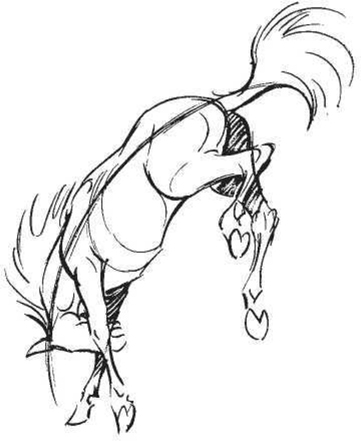Ken Hultgren - The Know-How of Cartooning
Here you can read online Ken Hultgren - The Know-How of Cartooning full text of the book (entire story) in english for free. Download pdf and epub, get meaning, cover and reviews about this ebook. year: 2019, publisher: Dover Publications, genre: Religion. Description of the work, (preface) as well as reviews are available. Best literature library LitArk.com created for fans of good reading and offers a wide selection of genres:
Romance novel
Science fiction
Adventure
Detective
Science
History
Home and family
Prose
Art
Politics
Computer
Non-fiction
Religion
Business
Children
Humor
Choose a favorite category and find really read worthwhile books. Enjoy immersion in the world of imagination, feel the emotions of the characters or learn something new for yourself, make an fascinating discovery.
- Book:The Know-How of Cartooning
- Author:
- Publisher:Dover Publications
- Genre:
- Year:2019
- Rating:4 / 5
- Favourites:Add to favourites
- Your mark:
The Know-How of Cartooning: summary, description and annotation
We offer to read an annotation, description, summary or preface (depends on what the author of the book "The Know-How of Cartooning" wrote himself). If you haven't found the necessary information about the book — write in the comments, we will try to find it.
This classic guide by a master animator and cartoonist and long time Disney artist is now available for the first time since its original publication in 1946. Author Ken Hultgren instructs by example in a guide thats suitable for beginners and advanced students alike.
The comprehensive range of instruction covers features and expressions, animals, foreshortening, perspective, lettering, caricature, animation, and various other aspects of cartooning. All subjects include step-by-step guides, several examples, and helpful hints and suggestions. Blank pages allow lots of room for drawing practice. Professional and amateur animators, cartoonists, caricaturists, and artists dealing with characterization will find this timeless manual an excellent and instructive companion.
Ken Hultgren: author's other books
Who wrote The Know-How of Cartooning? Find out the surname, the name of the author of the book and a list of all author's works by series.


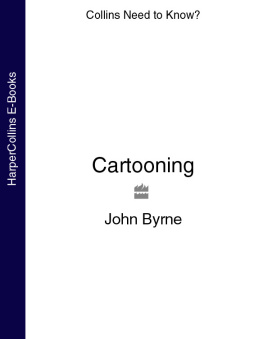

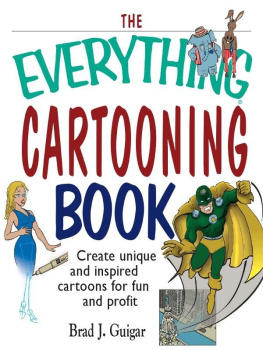
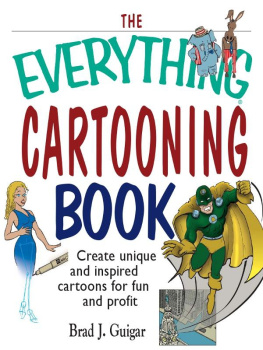

 CONTENTS Bibliographical Note This Dover edition, first published in 2019, is an unabridged republication of the work originally published in 1946 by Research Publishing Company, Los Angeles. Practice pages have been added to this edition. Library of Congress Cataloging-in-Publication Data Names: Hultgren, Ken, author. Title: The know-how of cartooning / Ken Hultgren. Description: Mineola, New York : Dover Publications, Inc., 2019. | "This Dover edition, first published in 2019, is an unabridged republication of the work originally published in 1946 by Research Publishing Company, Los Angeles.
CONTENTS Bibliographical Note This Dover edition, first published in 2019, is an unabridged republication of the work originally published in 1946 by Research Publishing Company, Los Angeles. Practice pages have been added to this edition. Library of Congress Cataloging-in-Publication Data Names: Hultgren, Ken, author. Title: The know-how of cartooning / Ken Hultgren. Description: Mineola, New York : Dover Publications, Inc., 2019. | "This Dover edition, first published in 2019, is an unabridged republication of the work originally published in 1946 by Research Publishing Company, Los Angeles. PRACTICE INTRODUCTORY EXERCISES
PRACTICE INTRODUCTORY EXERCISES ACTION REGARDLESS OF HOW WELL YOU MAY FINISH A DRAWING, IF YOUR POSE HASN'T "PUNCH" OR DOESN'T TELL THE STORY, IT'S NOT A COMPLETE SUCCESS. REWORK YOUR POSE! ESTABLISH A LINE OF ACTION IN YOUR DRAWINGS.
ACTION REGARDLESS OF HOW WELL YOU MAY FINISH A DRAWING, IF YOUR POSE HASN'T "PUNCH" OR DOESN'T TELL THE STORY, IT'S NOT A COMPLETE SUCCESS. REWORK YOUR POSE! ESTABLISH A LINE OF ACTION IN YOUR DRAWINGS.  PRACTICE ACTION
PRACTICE ACTION APPROACH FIG.
APPROACH FIG.
 PRACTICE APPROACH
PRACTICE APPROACH SIMPLE HEAD CONSTRUCTION
SIMPLE HEAD CONSTRUCTION
 PRACTICE SIMPLE HEAD CONSTRUCTION
PRACTICE SIMPLE HEAD CONSTRUCTION FEATURES and EXPRESSIONS EXPRESSION IS FEELING, AND PERHAPS THE BEST WAY TO STUDY IT IS TO SET A MIRROR IN FRONT OF YOUR DRAWING BOARD AND LET LOOSE WITH SOME GRIMACES OF YOUR OWN.
FEATURES and EXPRESSIONS EXPRESSION IS FEELING, AND PERHAPS THE BEST WAY TO STUDY IT IS TO SET A MIRROR IN FRONT OF YOUR DRAWING BOARD AND LET LOOSE WITH SOME GRIMACES OF YOUR OWN.  PRACTICED FEATURES and EXPRESSIONS
PRACTICED FEATURES and EXPRESSIONS HANDS HANDS ARE ALWAYS TOUGH TO DRAW. FOR A SIMPLE APPROACH TRY THIS
HANDS HANDS ARE ALWAYS TOUGH TO DRAW. FOR A SIMPLE APPROACH TRY THIS 
 PRACTICE HANDS
PRACTICE HANDS LETTERING
LETTERING
 PRACTICE LETTERING
PRACTICE LETTERING ANIMATION IT WOULD BE NEXT TO IMPOSSIBLE TO ILLUSTRATE ALL ABOUT ANIMATION FOR CARTOON PICTURES.
ANIMATION IT WOULD BE NEXT TO IMPOSSIBLE TO ILLUSTRATE ALL ABOUT ANIMATION FOR CARTOON PICTURES.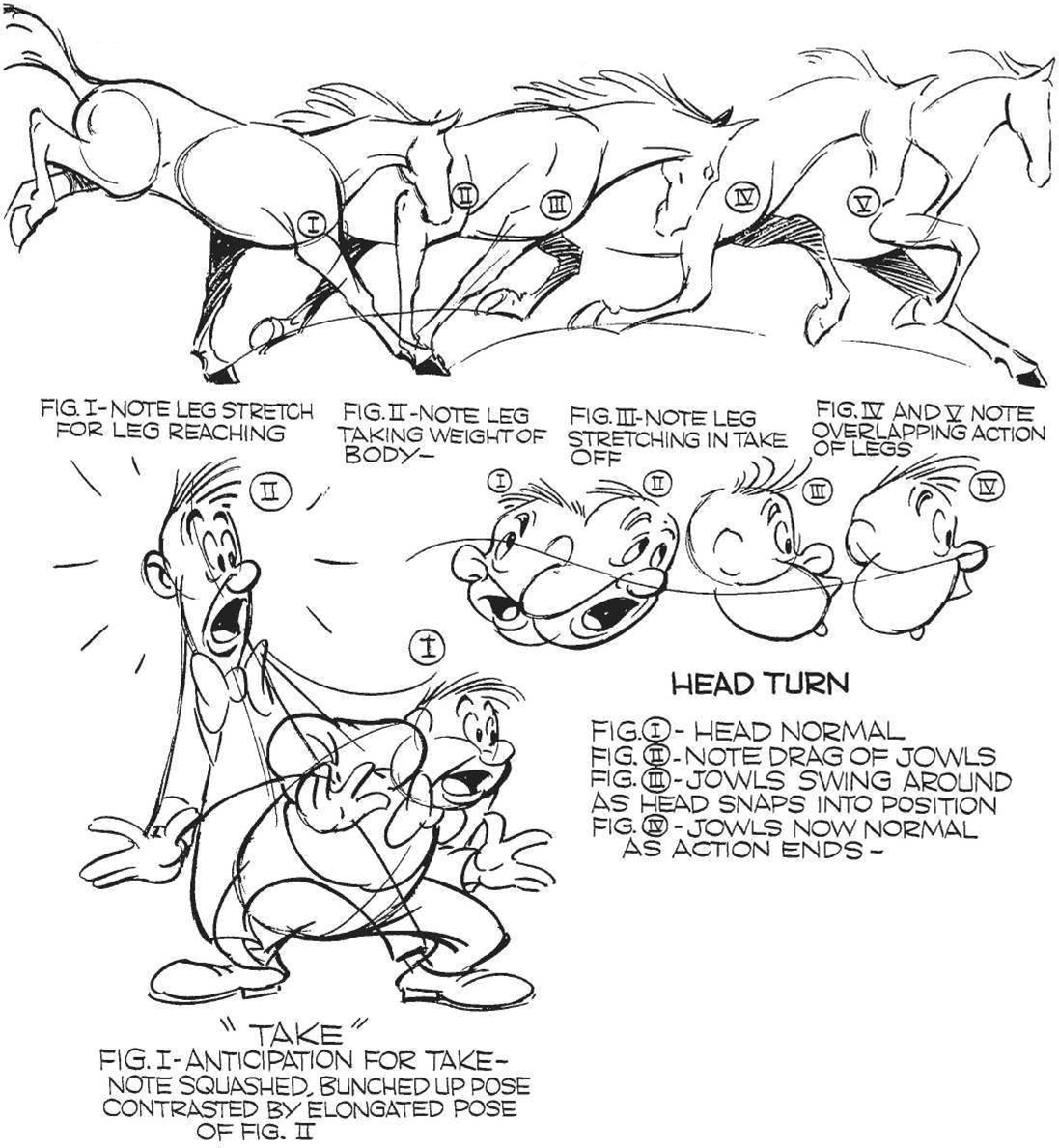
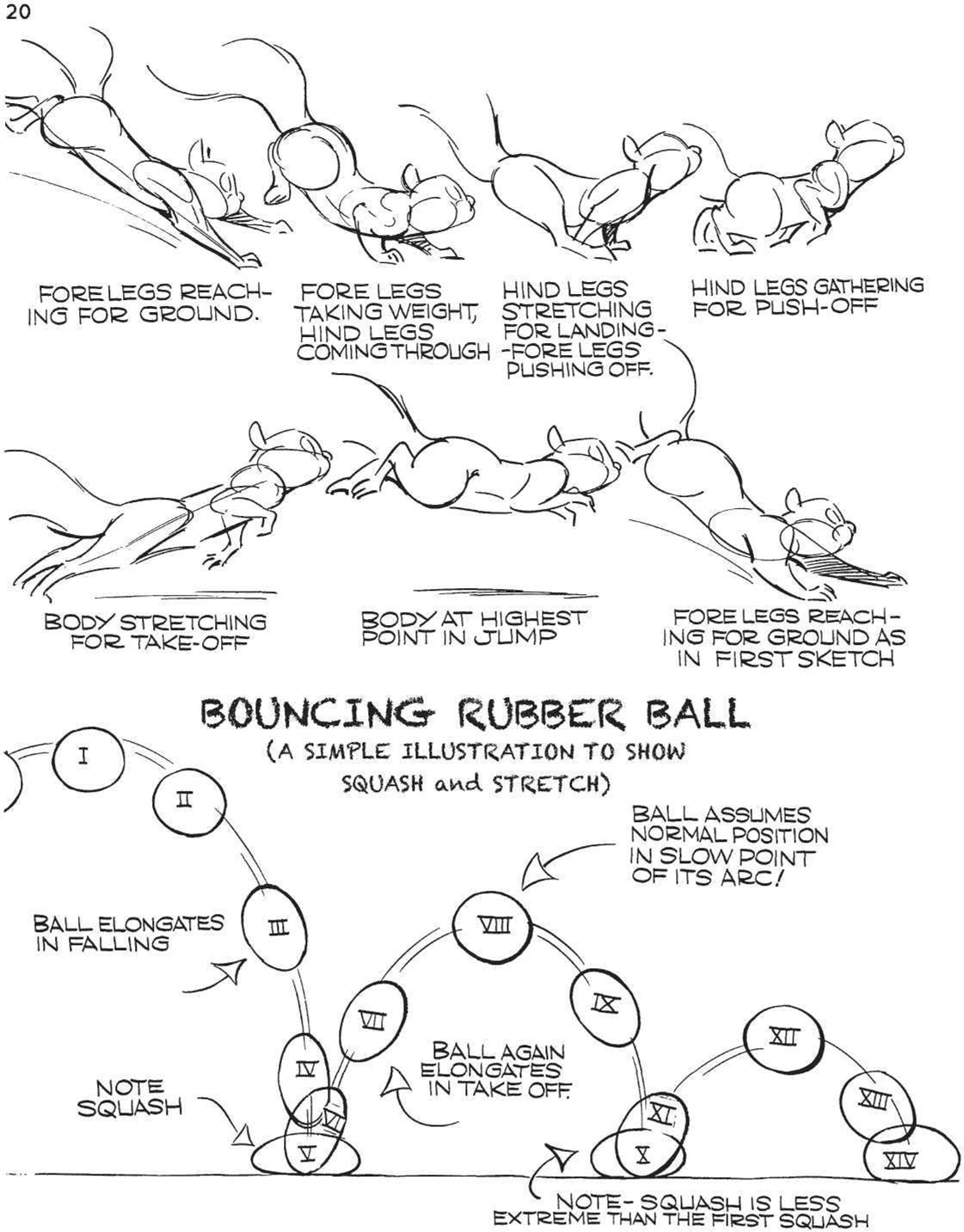 PRACTlCE ANIMATION
PRACTlCE ANIMATION SQUASH and STRETCH
SQUASH and STRETCH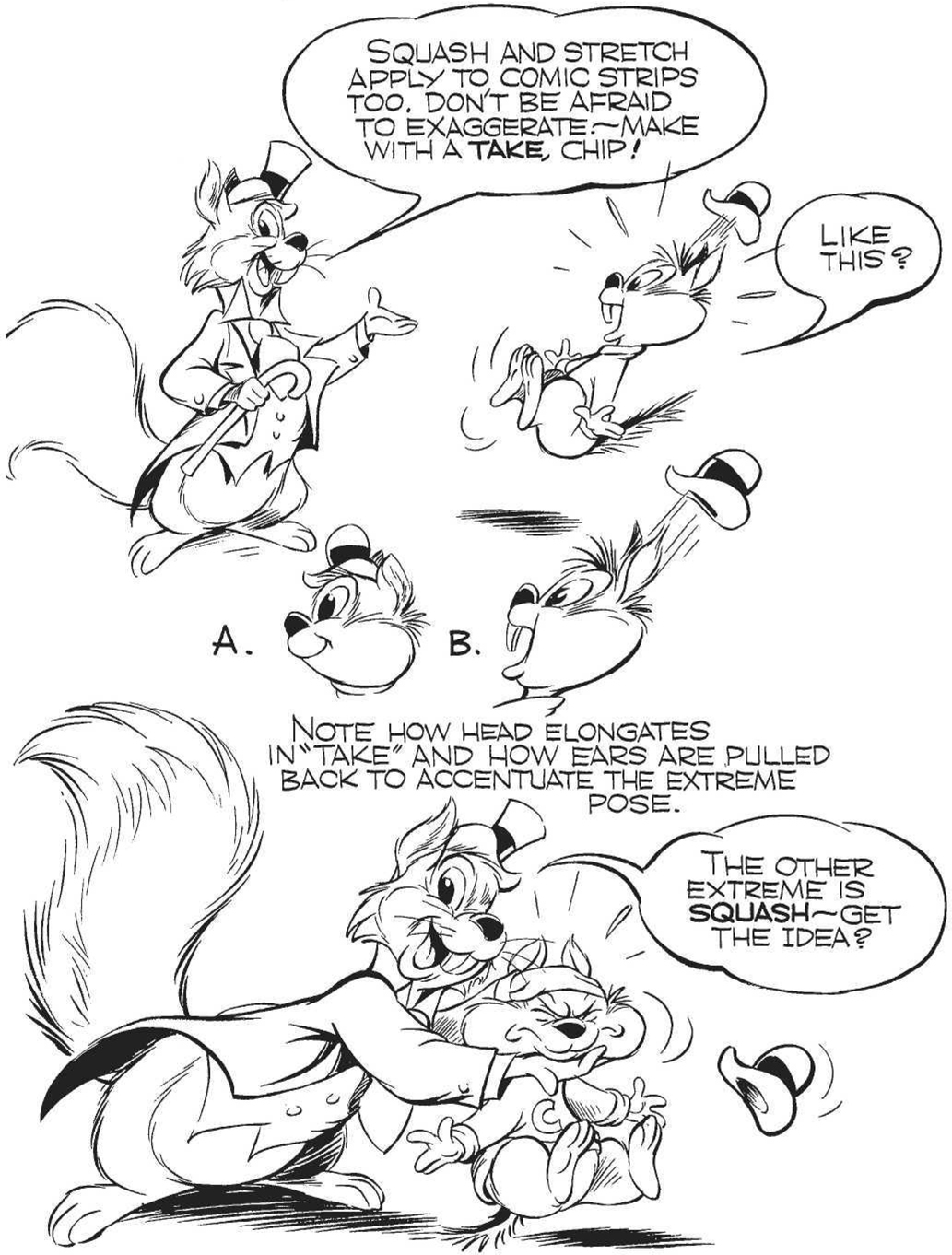 PRACTICE SQUASH and STRETCH
PRACTICE SQUASH and STRETCH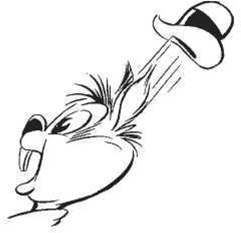 WEIGHT
WEIGHT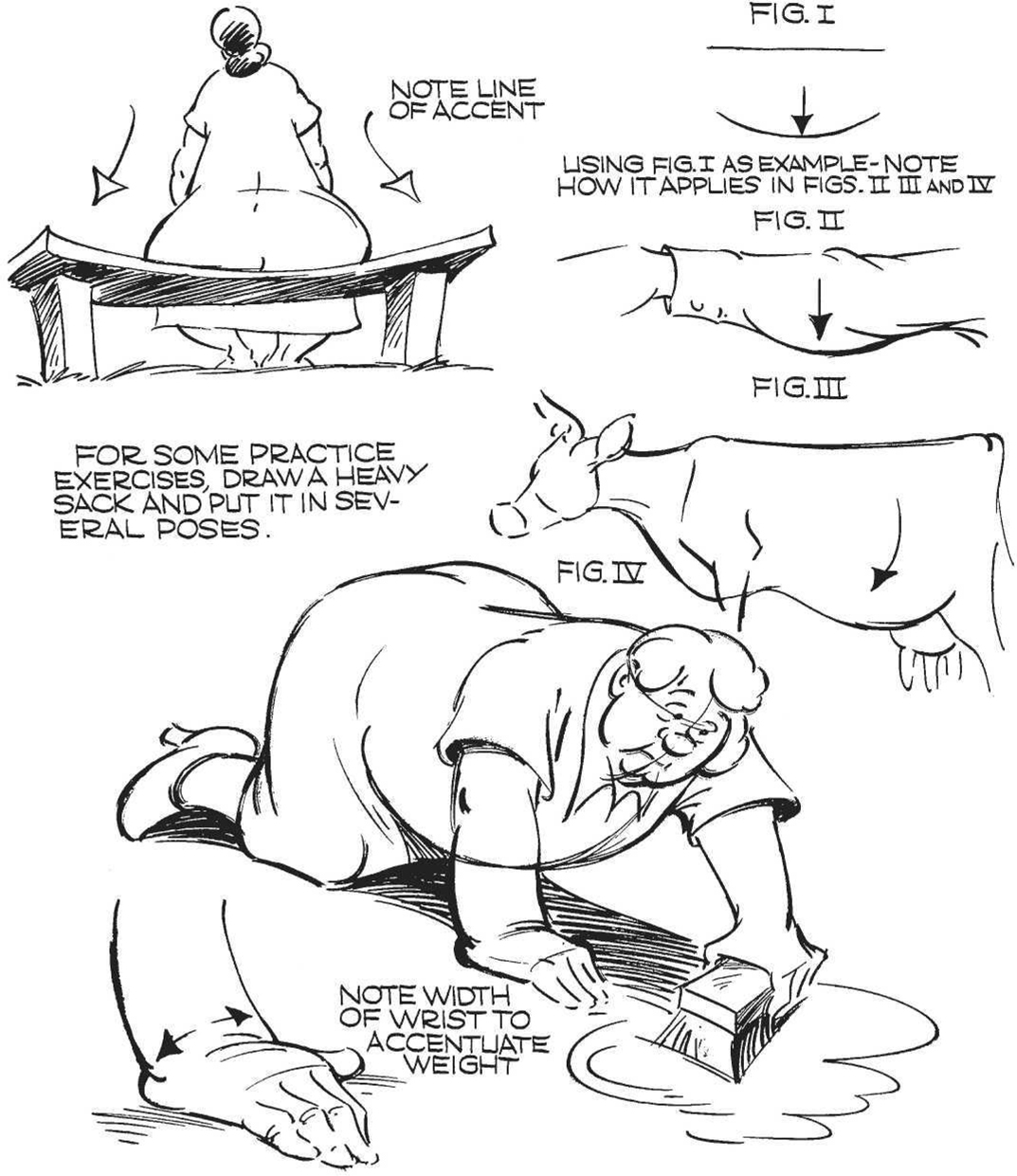
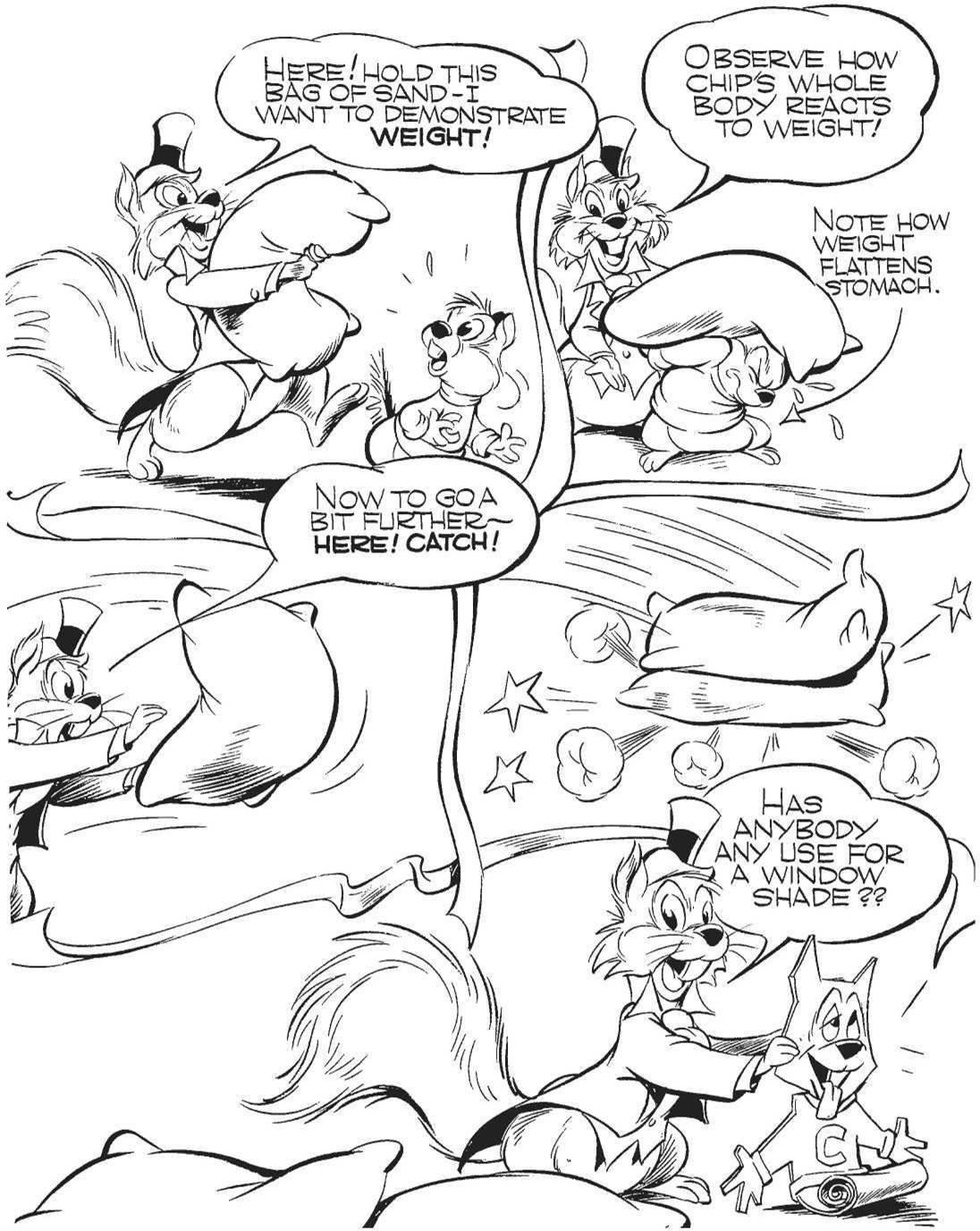 PRACTICE WEIGHT
PRACTICE WEIGHT ANIMALS SIMPLIFIED APPROACH
ANIMALS SIMPLIFIED APPROACH 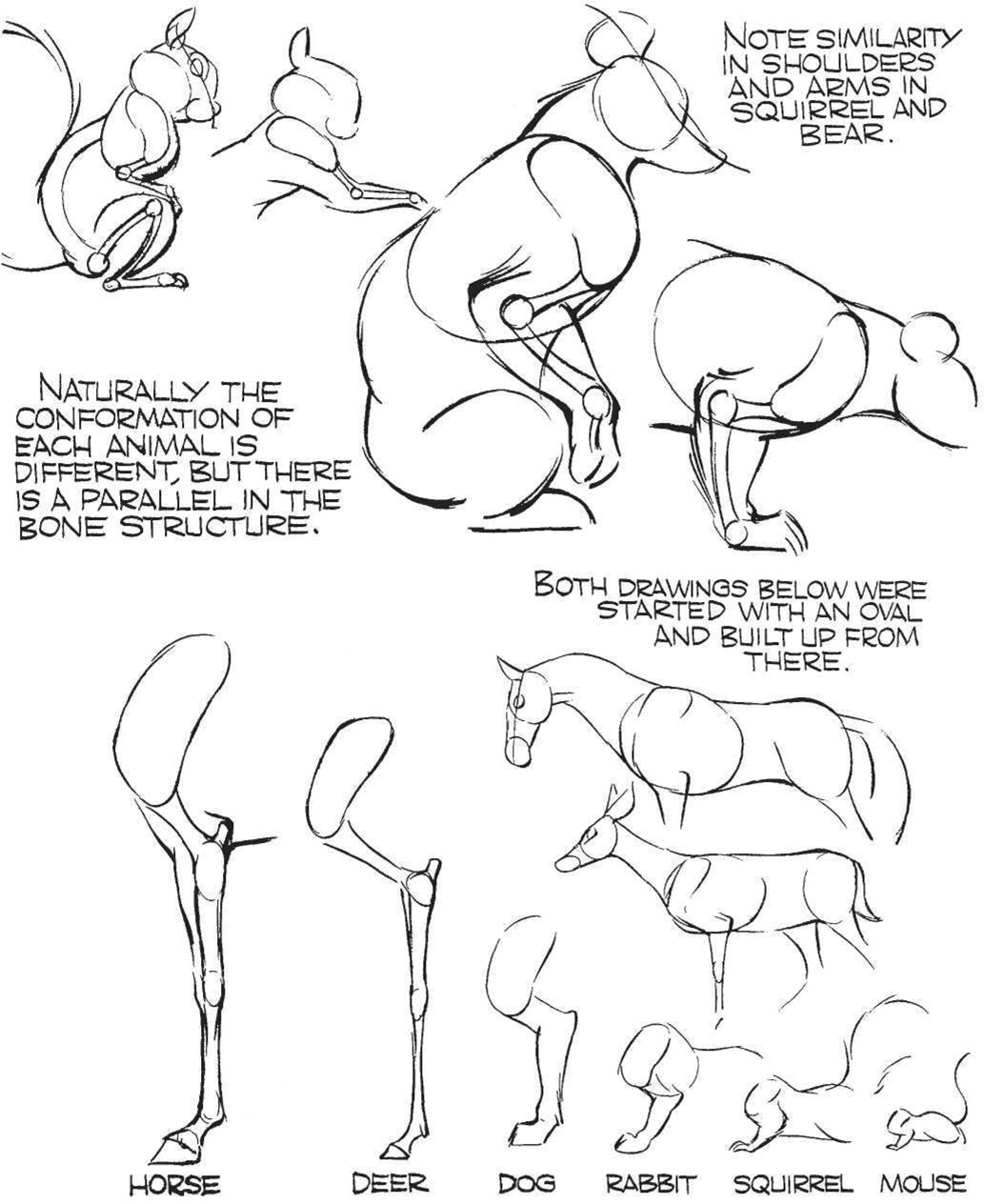
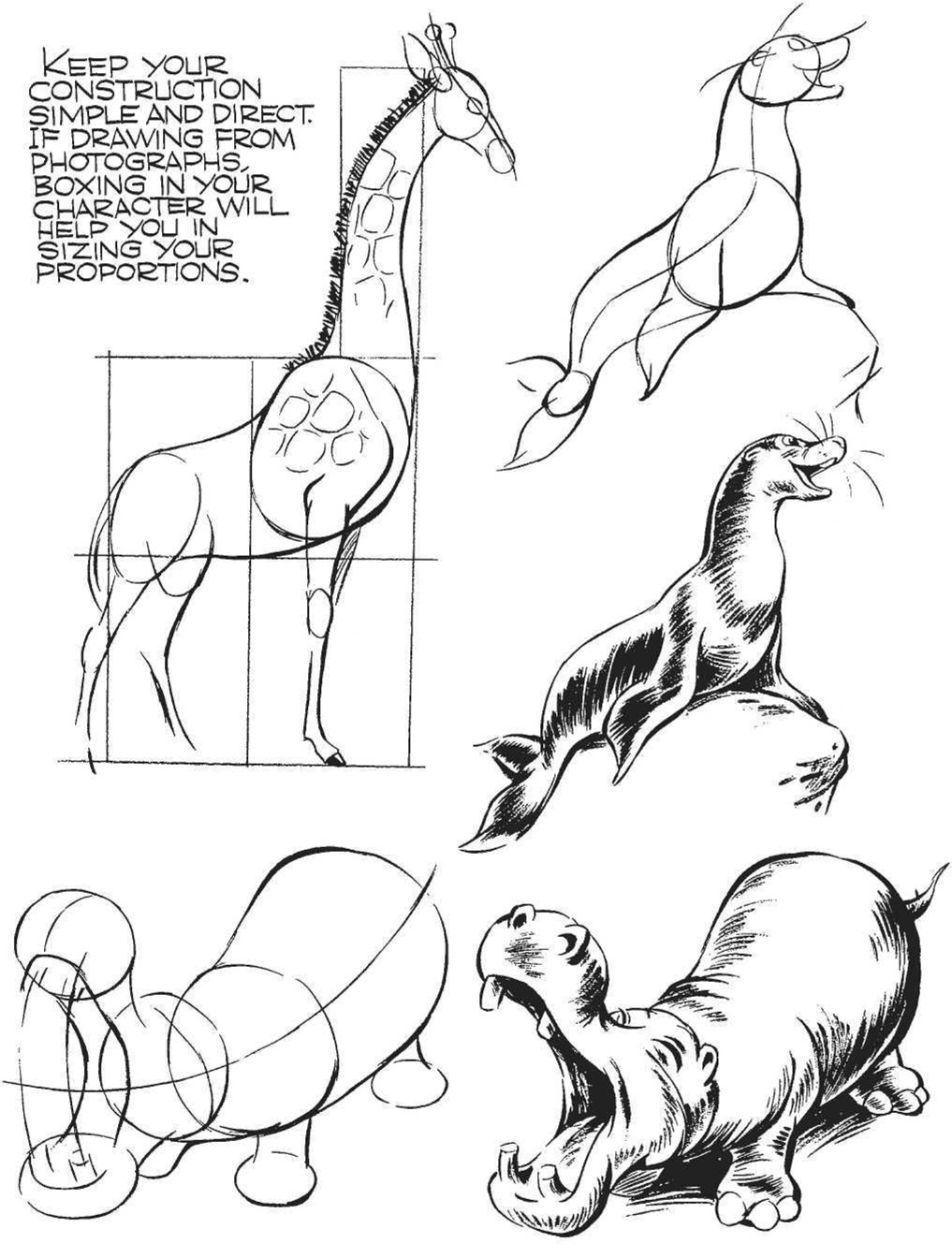

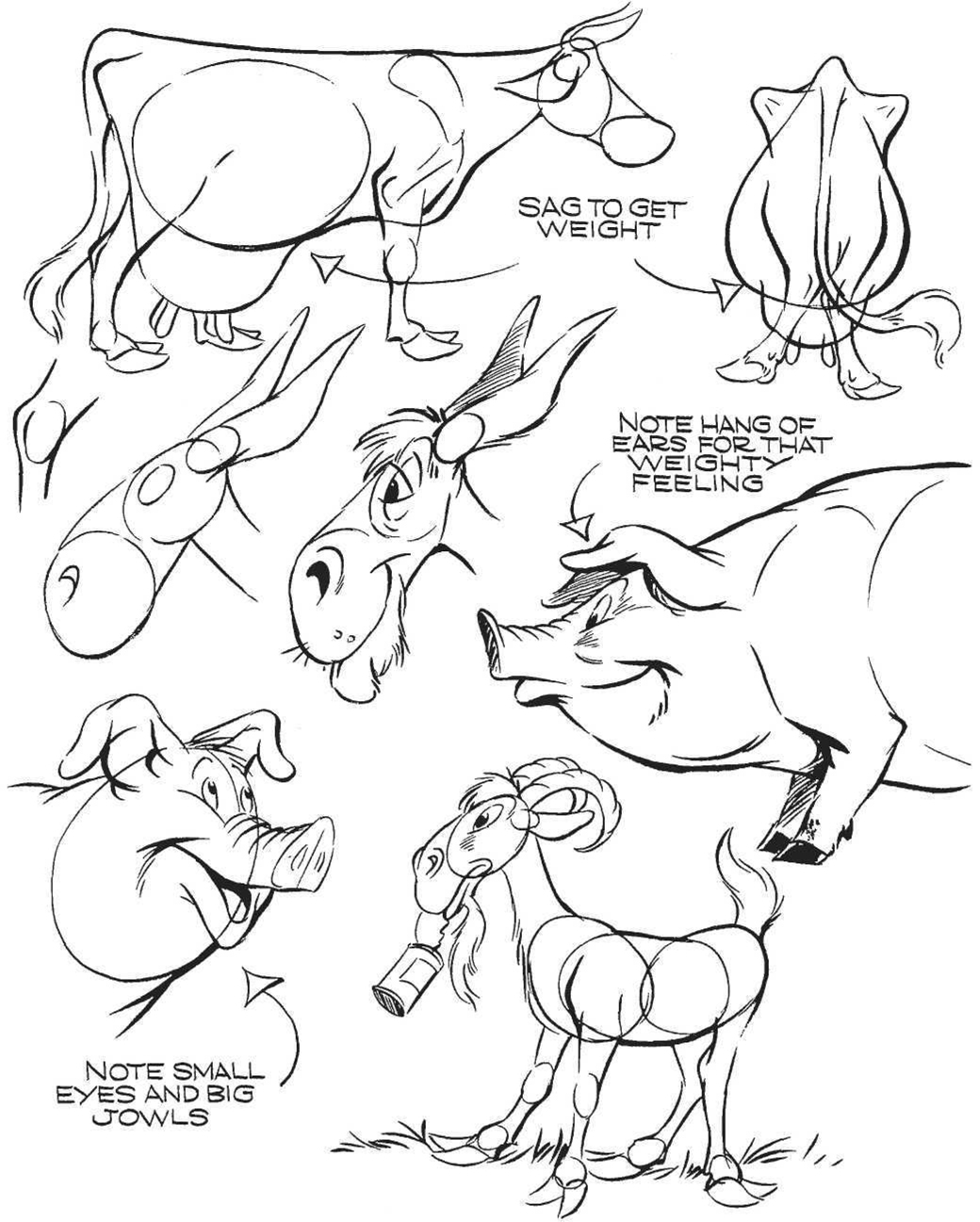
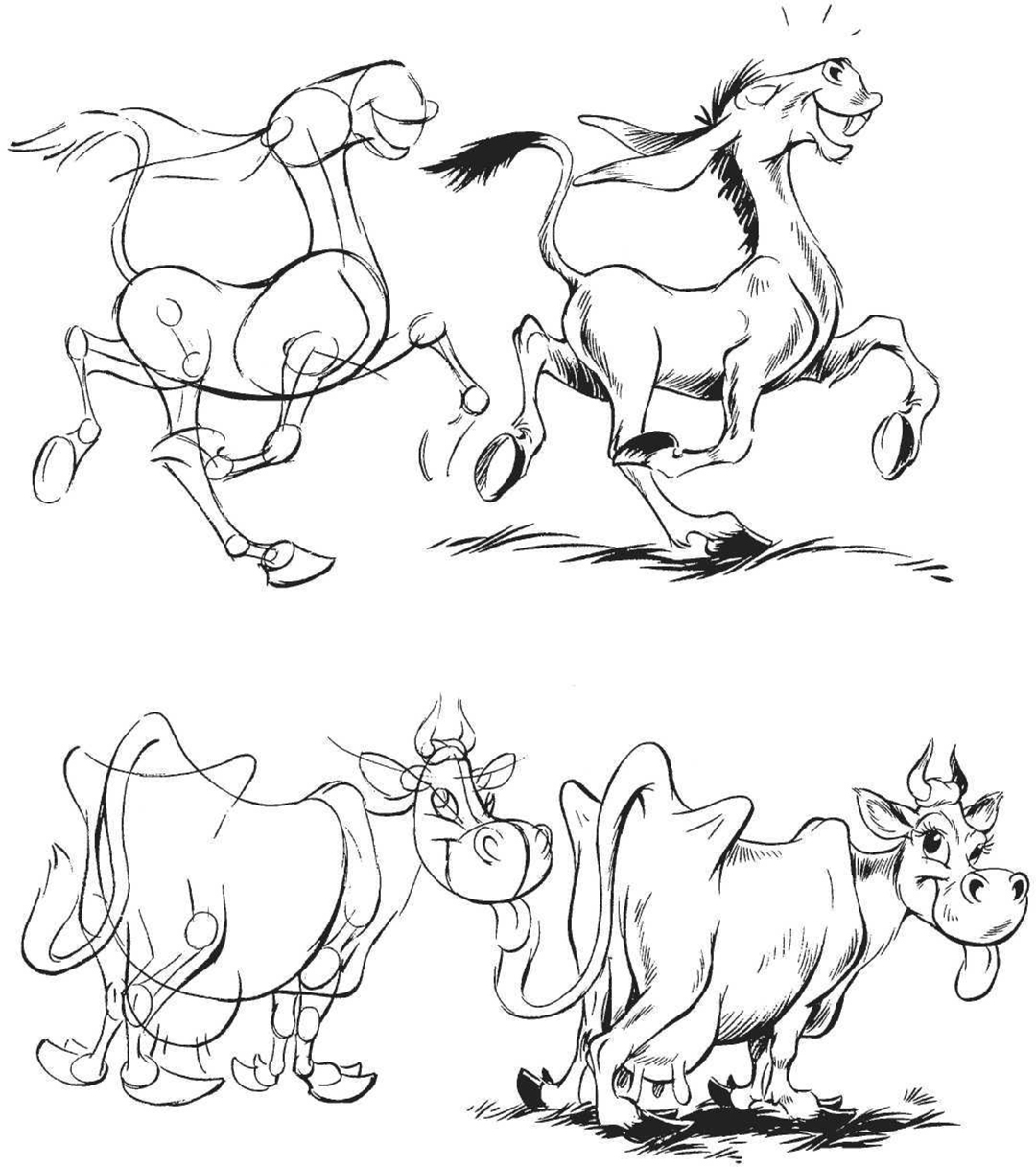 PRACTICE ANIMALS SIMPLIFIED APPROACH ANIMAL HEADS
PRACTICE ANIMALS SIMPLIFIED APPROACH ANIMAL HEADS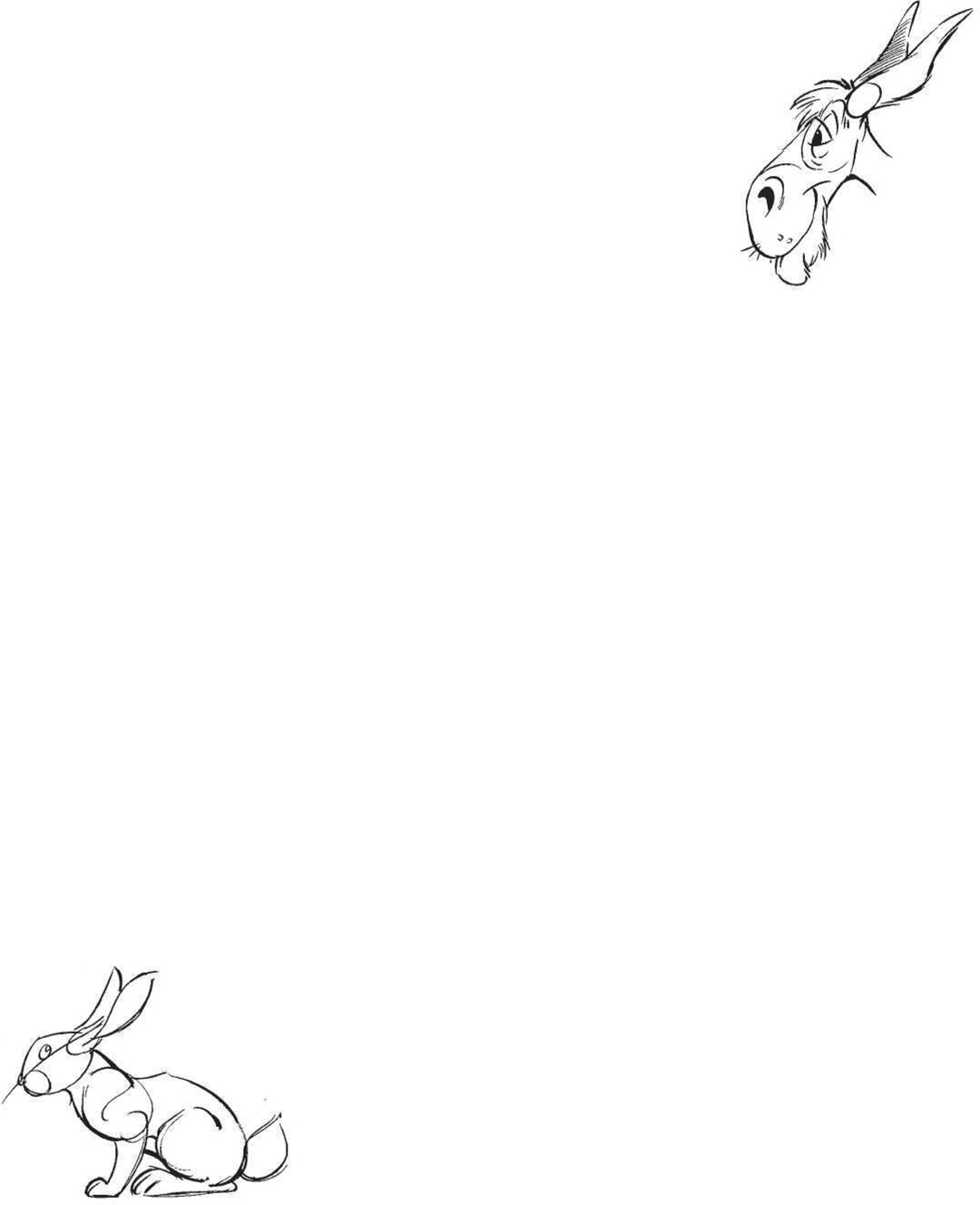
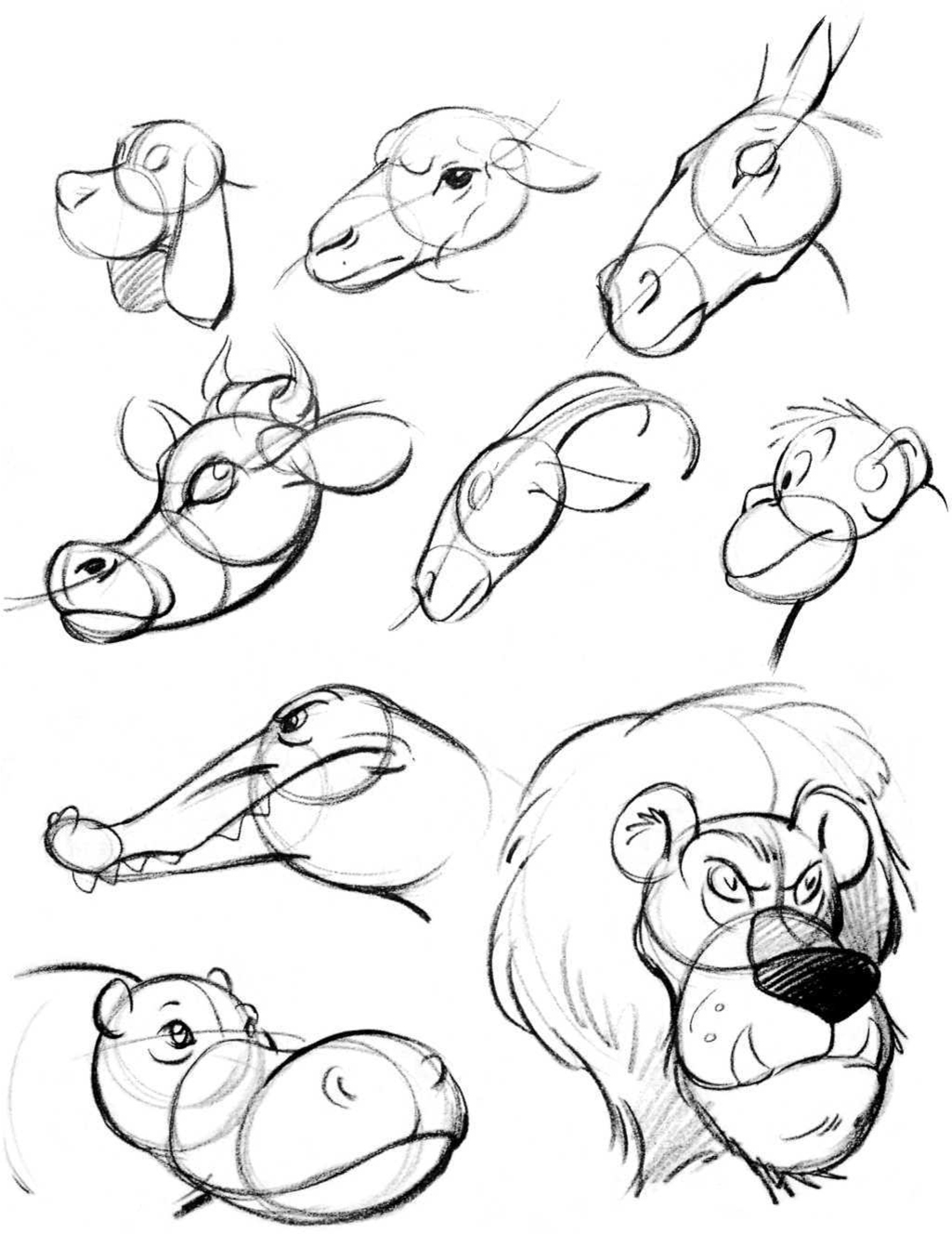 PRACTICE ANIMAL HEADSANIMALS LINE of ACTION
PRACTICE ANIMAL HEADSANIMALS LINE of ACTION  PRACTICE ANIMALS LINE of ACTION
PRACTICE ANIMALS LINE of ACTION 